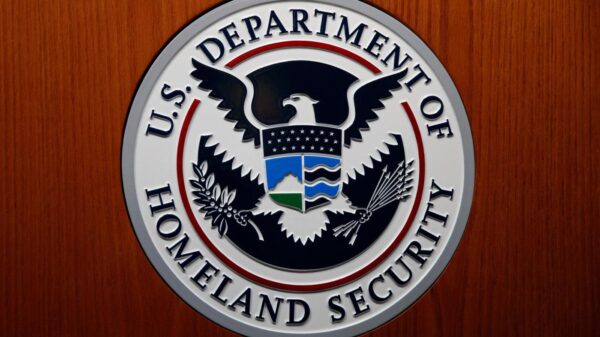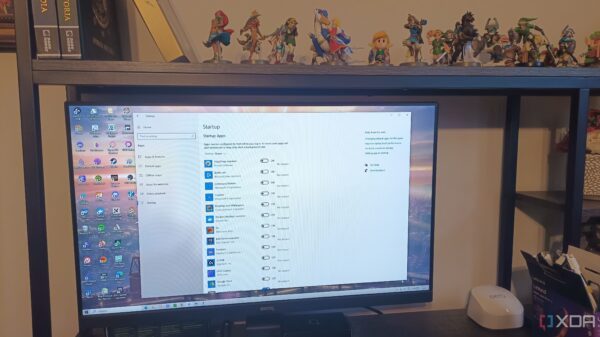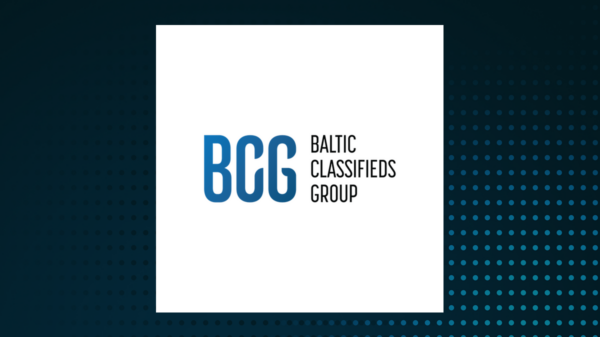Enrollment in the Fairbanks North Star Borough School District has declined significantly, with over 500 students leaving the system. This drop is more than just a statistic; it highlights pressing concerns about the quality of education and the factors driving families away from public schools.
As funding remains flat, the district faces challenges that could further diminish educational resources. This cycle is detrimental: fewer students lead to decreased funding, which in turn limits available resources and support, prompting yet more families to seek alternatives. Various reasons contribute to this trend, including ideological differences, safety concerns—especially regarding school shootings—and economic factors that drive families to relocate.
Assessing the Current Situation
The Fairbanks North Star Borough School Board must engage in a critical self-assessment to address these challenges. The primary question is how to transform public education from merely acceptable to genuinely appealing for families. Rebuilding trust in public schools requires a proactive and transparent approach from leadership.
With budget cuts on the horizon, the district cannot afford complacency. A strategic and transparent plan is necessary to navigate the impending financial situation. Delaying action in hopes of a favorable change will only exacerbate the issue, leaving students and families in a reactive educational environment.
To reverse the trend, schools must provide compelling reasons for families to remain. The questions that need addressing involve actionable solutions that target both the causes of declining enrollment and the financial pressures that follow.
Potential Solutions for Improvement
Several realistic strategies can be employed to enhance the appeal of public education. These include:
– **Expanding Specialized Programs**: The district could introduce more magnet schools, career and technical education (CTE) options, dual-credit classes in collaboration with UAF, and programs focusing on STEM, arts, and Indigenous languages.
– **Enhancing Curriculum and Engagement**: Investing in a modern, relevant curriculum can help keep students engaged. When learning feels applicable, students are more likely to stay involved.
– **Attracting Quality Educators**: Retaining high-quality teachers is essential. Competitive salaries, continuous professional development, and supportive environments can make a significant difference in teacher retention.
– **Improving Communication with Families**: Open communication channels can help the district understand why families choose to leave and enable it to respond effectively to their concerns.
Addressing the financial realities is equally important. Consolidating under-enrolled schools may be a politically sensitive but necessary step. Conducting a thorough audit of expenditures could help identify areas where funds can be redirected towards classrooms rather than non-essential costs.
Furthermore, forging partnerships with local organizations can enhance resources. Collaborative efforts in shared facilities or grant applications can provide additional support for educational programs.
Broader community issues also play a significant role in enrollment trends. The district should advocate for a revised education funding formula that reflects the realities of inflation and rural education needs. Engaging legislators and showcasing the challenges faced by schools, including deferred maintenance and overcrowded classrooms, can help garner support for necessary changes.
Safety concerns must also be addressed transparently. Clear communication regarding safety protocols, along with investments in mental health and violence prevention, will reassure families about their children’s wellbeing.
Community Engagement is Essential
Overcoming the enrollment decline requires more than just administrative efforts. Engaging the community is vital. The district should hold public listening sessions to co-create solutions alongside parents, teachers, and students.
Forming task forces that include diverse stakeholders can foster innovative strategies to adapt to the evolving educational landscape. Additionally, marketing the district’s strengths can attract new families and retain those who are uncertain about their current choices.
The situation facing the Fairbanks North Star Borough School District is complex and multifaceted. Acknowledging the hard truths, fostering open dialogue, and taking bold actions can transform this crisis into a pivotal opportunity for improvement. Only through collective effort can the district hope to reverse the trend of declining enrollment and ensure a brighter future for its students.





































































